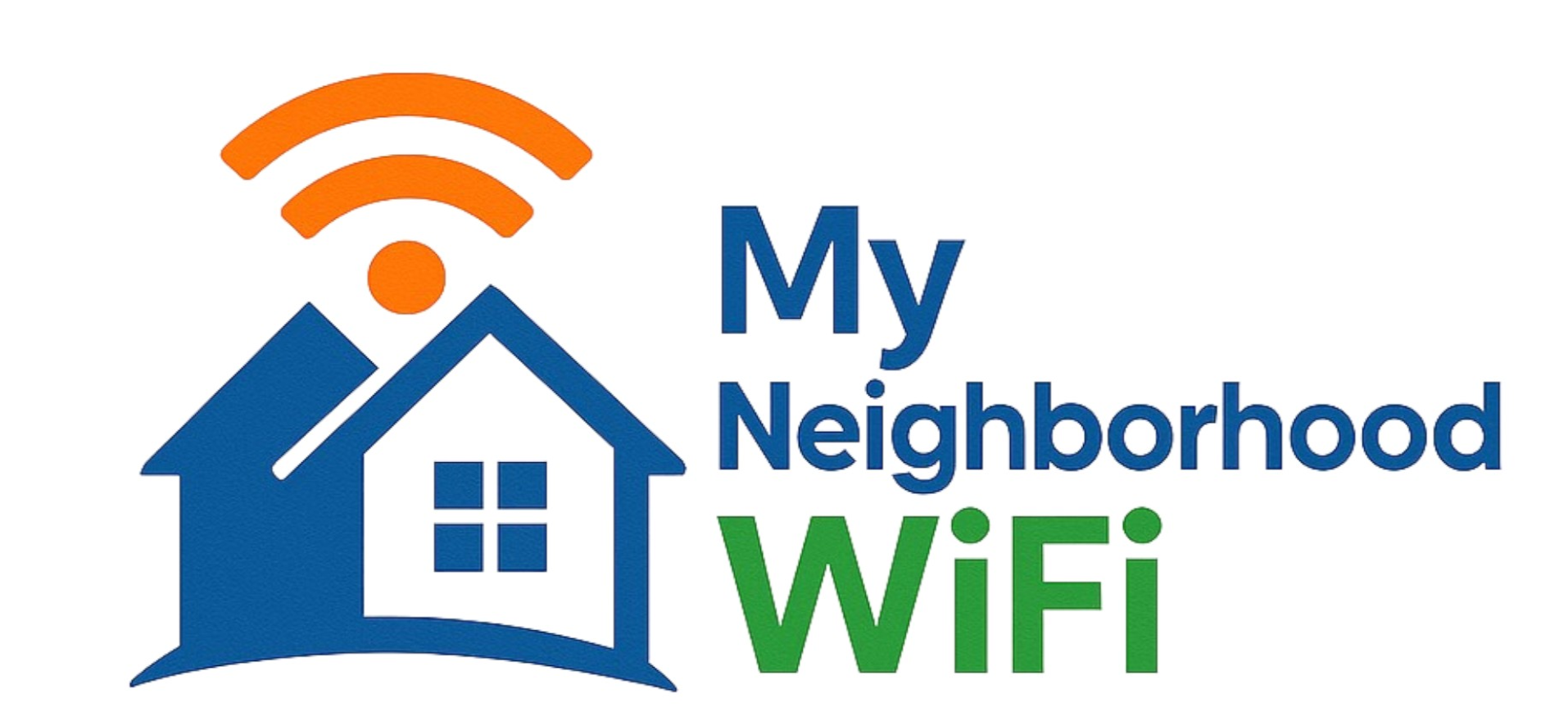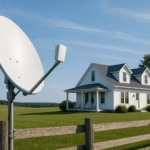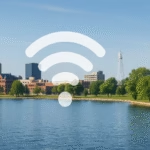Smooth Steps to Prepare for Your Internet Installation Day
Getting ready for your new internet connection is an exciting milestone. Whether you’re moving into a new home or upgrading your current plan, preparing for internet installation day can make the process smoother. A little planning ensures that the installer has everything needed, and that you can start streaming, gaming, or working online right away without hiccups. In this guide, we’ll walk through practical steps to help you get ready so your internet installation day goes seamlessly.
Why Preparation Matters
Think of internet installation like setting up utilities. If you have everything in place, the technician can complete their job quickly. If you don’t, problems can delay activation or cause poor Wi-Fi performance. Spending just an hour preparing can prevent days of frustration later.
Step 1: Confirm Your Appointment
Before installation day arrives:
- Double-check the date and time of your appointment.
- Make sure someone 18 years or older is home to grant access.
- If you’re renting, confirm with your landlord or property manager that technicians can access wiring or wall outlets.
Missing this step can lead to rescheduling delays and extended wait times.
Step 2: Gather Essential Equipment
Most providers either supply equipment or allow you to use your own. If you purchased your own modem and router, make sure they are compatible with your service. You can easily check gear compatibility by looking up your device models on reliable sources like Wikipedia.
Keep the following ready:
- Modem
- Router or mesh system
- Power cords and adapters
- Ethernet cable
Step 3: Clear the Installation Area
Technicians often need access to wall jacks, outlets, or previous wiring setups. Choose an installation spot that’s:
- Near a power outlet
- Centrally located for good Wi-Fi coverage
- Free from clutter or furniture blocking access
Clearing the space saves time and helps the technician complete the job faster.
Step 4: Plan for Wi-Fi Coverage
Wi-Fi coverage isn’t just about plugging in a modem. Think ahead about where you’ll need the strongest signal—bedrooms, offices, or basements. If your home has dead zones, consider setting up Wi-Fi extenders or a mesh system. According to a complete guide on Wi-Fi extenders, they can help improve coverage but are not always the best long-term solution compared to mesh systems ([dev.to](https://dev.to/theknowledgenest/do-wifi-range-extenders-really-work-a-complete-guide-ckj)).
Step 5: Have Login Information Ready
During installation, you may be asked for account details or login credentials. Keep handy:
- Your account number
- Billing information used at signup
- Any username and password you created
Having this information at your fingertips helps avoid delays during activation.
Step 6: Prepare Your Devices
Once your internet is up, you’ll want your devices ready to connect. Make sure laptops, phones, game consoles, and smart home gadgets are updated to the latest software. This prevents compatibility issues and reduces setup time.
Step 7: Decide on a Wi-Fi Name and Password
Don’t wait until installation day to think of a Wi-Fi name and password. Using a strong password will help keep your network secure. Some people enjoy creating fun names—check out popular suggestions in communities on Reddit for inspiration.
Step 8: Ask Questions During Installation
This is your chance to clarify how everything works. Consider asking:
- Where is the best spot for the router?
- How can I troubleshoot if the internet goes down?
- What number do I call for technical support?
Taking notes will save you headaches in the future.
Step 9: Test Your Connection
Before the installer leaves, test your internet on multiple devices. Ensure that:
- Wi-Fi is working on your phone and computer
- Ethernet works if you’re connecting directly
- Smart TVs and consoles are online
You can also test speed performance using free tools and compare areas of your home where Wi-Fi may be weaker than expected.
Step 10: Plan for Ongoing Maintenance
Once the installer leaves, remember that a good setup today doesn’t mean you’ll never face issues. To keep things running well:
- Reboot your modem and router once a month
- Check for firmware updates on your router
- Adjust equipment placement if you experience dead zones
Common Mistakes to Avoid
To make your internet installation smooth, avoid these pitfalls:
- Not preparing a clear space for the technician
- Using outdated routers or modems
- Forgetting to test devices before the technician leaves
- Picking a corner of the house that limits signal reach
Quick Setup Checklist
| Task | Completed? |
|---|---|
| Confirmed installation appointment | ☐ |
| Gathered modem, router, cables | ☐ |
| Cleared installation area | ☐ |
| Prepared login credentials | ☐ |
| Prepped devices to connect | ☐ |
| Chosen Wi-Fi name and password | ☐ |
| Tested Wi-Fi on devices | ☐ |
Final Thoughts
Preparing for internet installation day is all about being proactive. By organizing your equipment, clearing space, planning for coverage, and asking the right questions, you set yourself up for a smooth experience. With a little effort, you’ll go from appointment to streaming, browsing, and gaming in no time.
“Most inquiries are answered within the same day”



